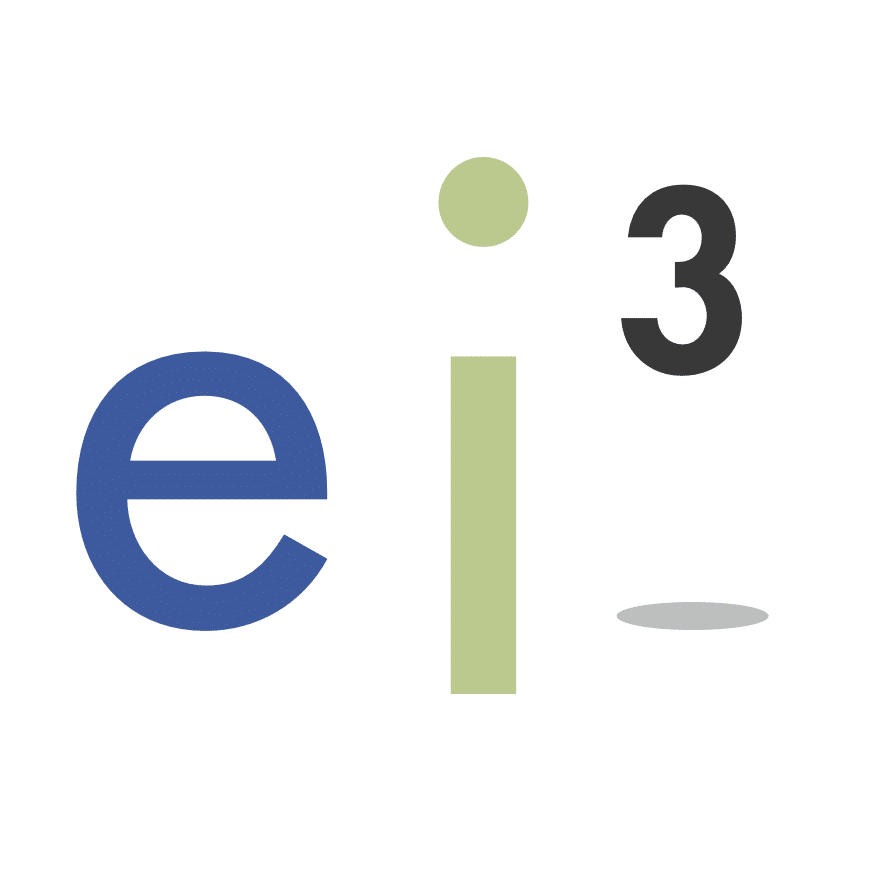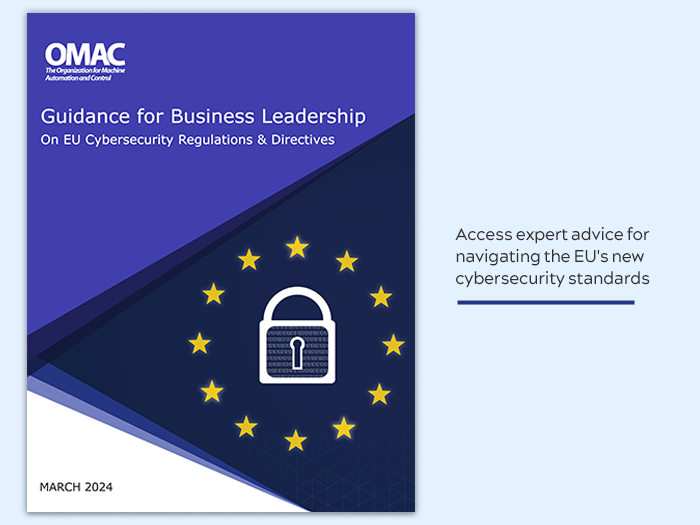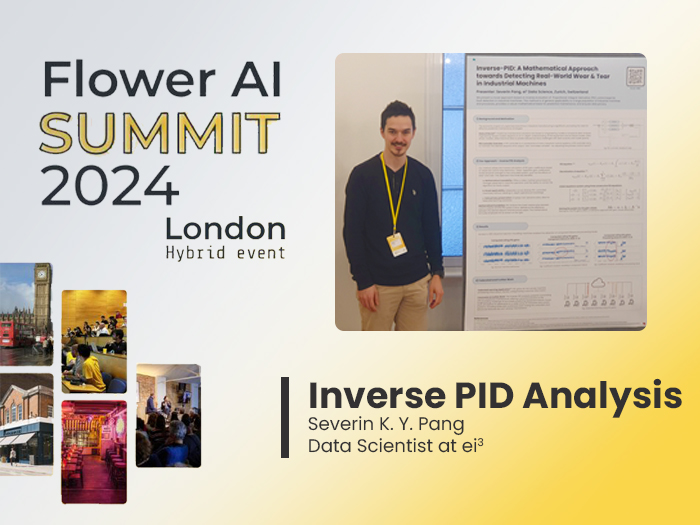In the pursuit of operational excellence and environmental responsibility, organizations are increasingly turning to ISO 50001 certification — an internationally recognized energy management standard that provides a comprehensive framework for industrial plants.
ei3’s Software-as-a-Service application for energy and equipment monitoring, SUSTAIN, facilitates efficient gathering, analysis, and presentation of energy consumption data, assisting organizations in their efforts towards ISO 50001 compliance.
The standard outlines technical and managerial strategies to improve energy efficiency and reduce costs. ISO 50001 was established as an International Standard in June 2011 and is available through the American National Standards Institute (ANSI). It aligns with widely adopted ISO 9001 (quality management) and ISO 14001 (environmental management) standards – to improve sustainability across the spectrum.
ei3’s application delivers key benefits of ISO 50001 certification, that includes:
- Optimizing energy assets by enabling benchmarking and reporting: Organization can maximize the efficiency of existing energy-consuming assets by using ei3’s out-of-the-box benchmarking and reporting tools and thereby reduce GHG emissions.
- Enhancing Transparency with comprehensive data on energy intensity: ei3 provides accurate measurements on energy consumed, allowing organizations to boost transparent communication regarding energy resource management.
- Promoting Best Practices and facilitating technological upgrades: Promotes the adoption of energy management best practices and new technologies, cultivating a culture of responsible energy management within organizations.
The ISO 50001 was developed as a collaborative effort involving input from fifty-nine countries, with ANSI and Brazil jointly serving as co-secretariats of the project committee ISO/PC 242. Notably, the United States Council for Energy-Efficient Manufacturing (U.S. CEEM) and the U.S. Department of Energy (DOE) played instrumental roles in shaping the standard, ensuring it upholds data-driven energy performance and management support.





